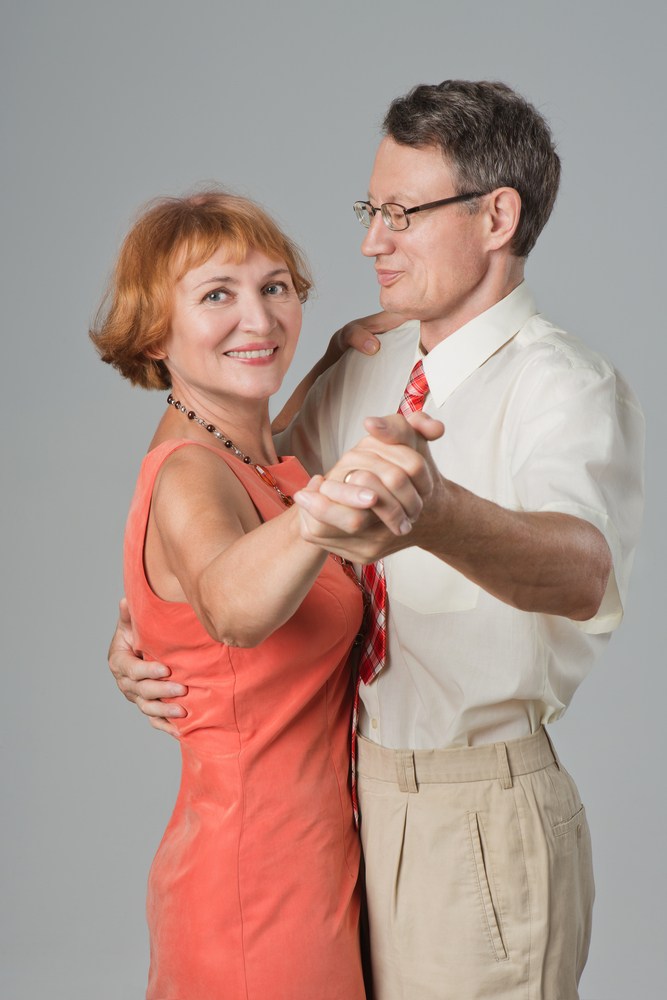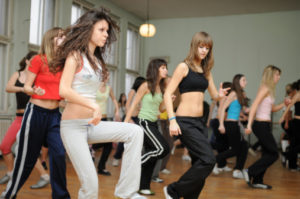
 The art of dancing has become more and more popular, with television reality dancing shows, the new wave of Zumba classes in every health gym and accessible YouTube videos of dancing 101 streaming onto wireless phones, tablets, and computers. Traditional holiday ballets have been a classical staple during the winter seasons and country line dancing has been popular in most cultures, not just for the rough and tough cowboys in the Midwest, but for a growing group of line dancing baby boomers, dancing to the latest Lady Gaga hits. There are so many different cultures that embrace their type of body movement (stepping, breakdancing, Irish dancing, Chinese fan and silk sleeve dancing, Flamenco and even pole, to name a few). Reasons for dancing have far surpassed reasons for milestone celebrations such as weddings, Bat Mitzvahs, and Senior Proms. Research now points to greater reasons why people are choosing dancing as a daily extra-curricular activity.
The art of dancing has become more and more popular, with television reality dancing shows, the new wave of Zumba classes in every health gym and accessible YouTube videos of dancing 101 streaming onto wireless phones, tablets, and computers. Traditional holiday ballets have been a classical staple during the winter seasons and country line dancing has been popular in most cultures, not just for the rough and tough cowboys in the Midwest, but for a growing group of line dancing baby boomers, dancing to the latest Lady Gaga hits. There are so many different cultures that embrace their type of body movement (stepping, breakdancing, Irish dancing, Chinese fan and silk sleeve dancing, Flamenco and even pole, to name a few). Reasons for dancing have far surpassed reasons for milestone celebrations such as weddings, Bat Mitzvahs, and Senior Proms. Research now points to greater reasons why people are choosing dancing as a daily extra-curricular activity.
Dancing improves cognitive functioning and mental capacities in people of all ages. It makes people smarter, reduces stress and tension by increasing the “feel good” serotonin levels and has proven many studies to prevent age related dementia and Alzheimer’s in seniors. Simply put, people should turn up their favorite tunes and start swaying, twisting, popping, tapping, fox trotting or break dancing toward a higher sense of wellbeing.
Just to show you just how amazing the art of dancing has on the physical body, the New England Journal of Medicine conducted a great study, looking at how much cognitive activities (writing, reading, crossword puzzles, playing cards, and musical instruments) and physical activities (tennis, golf, swimming, dancing, walking, house chores and biking) reduced the risk of dementia.
The results? Scientists discovered that some of these activities had a “significant beneficial effect” while other activities had no effect.

“One of the surprises of the study was that almost none of the physical activities appeared to offer any protection against dementia. There can be cardiovascular benefits of course, but the focus of this study was the mind. There was one important exception: the only physical activity to offer protection against dementia was frequent dancing.
Reading - 35% reduced risk of dementia
Bicycling and swimming - 0%
Doing crossword puzzles at least four days a week - 47%
Playing golf - 0%
Dancing frequently - 76%. (The greatest risk reduction of any activity studied, cognitive or physical.)” (Source: Stanford University)
 Want a few more reasons to start dancing (to the oldies, top 10 hit songs or to your child’s favorite songs)? How about better body tone, improved timing, coordination, sexier legs, a smaller waistline? Actually, because dancing is a weight-bearing exercise, moving your body regularly reduces the chances of osteoporosis in the bones. Have you ever just danced in front of the mirror by yourself? It lifts your mood and makes you feel so confident. Next time you are out on the town with your friends or hear your favorite song playing (in an elevator, restaurant, at a holiday party or on your way to work), start shaking that body and release some good feeling hormones. . . Just like no one is watching (and if they are, perhaps they will be lucky enough to join you!)
Want a few more reasons to start dancing (to the oldies, top 10 hit songs or to your child’s favorite songs)? How about better body tone, improved timing, coordination, sexier legs, a smaller waistline? Actually, because dancing is a weight-bearing exercise, moving your body regularly reduces the chances of osteoporosis in the bones. Have you ever just danced in front of the mirror by yourself? It lifts your mood and makes you feel so confident. Next time you are out on the town with your friends or hear your favorite song playing (in an elevator, restaurant, at a holiday party or on your way to work), start shaking that body and release some good feeling hormones. . . Just like no one is watching (and if they are, perhaps they will be lucky enough to join you!)
Sources: Stanford University, New England Journal of Medicine, TimeOutDance
